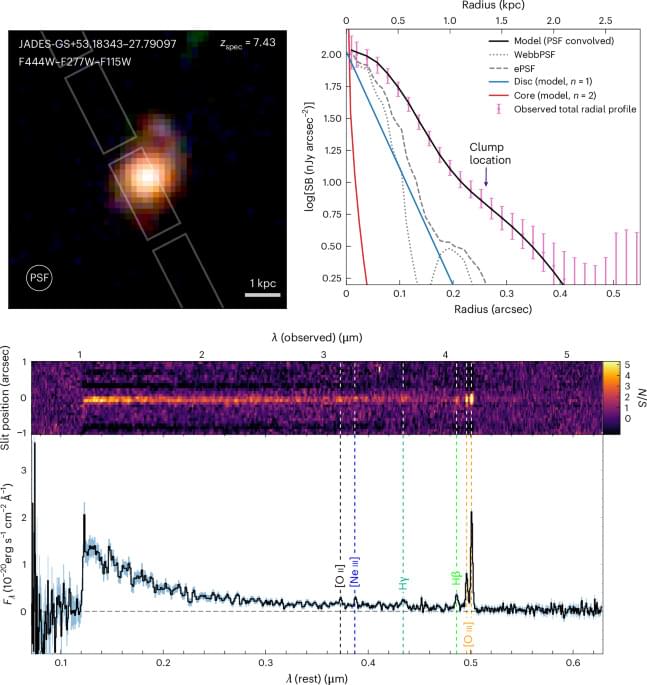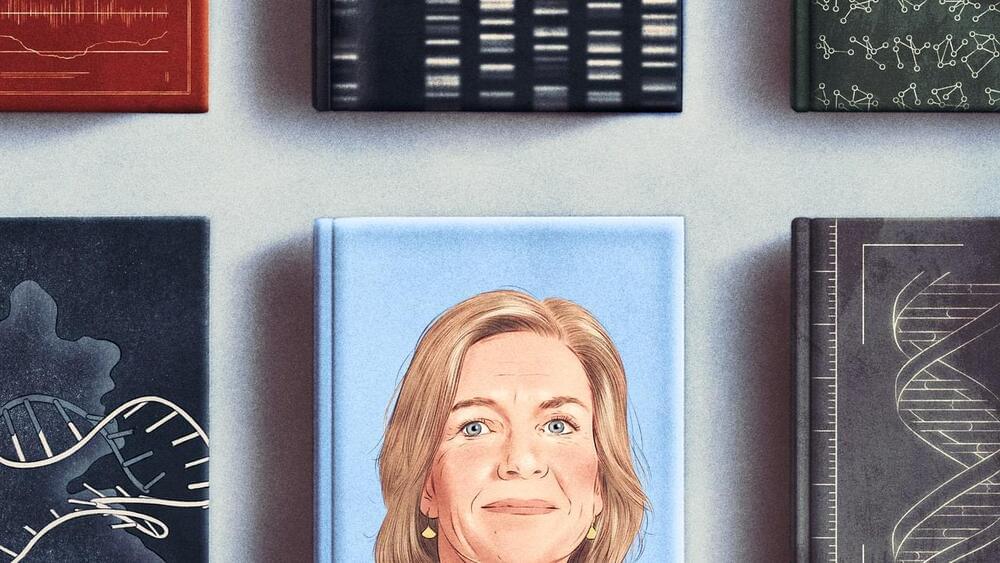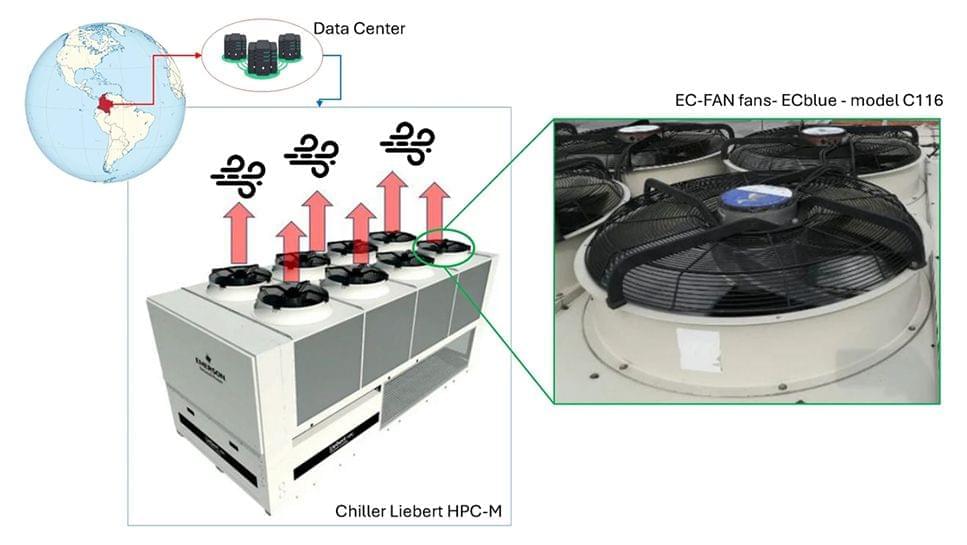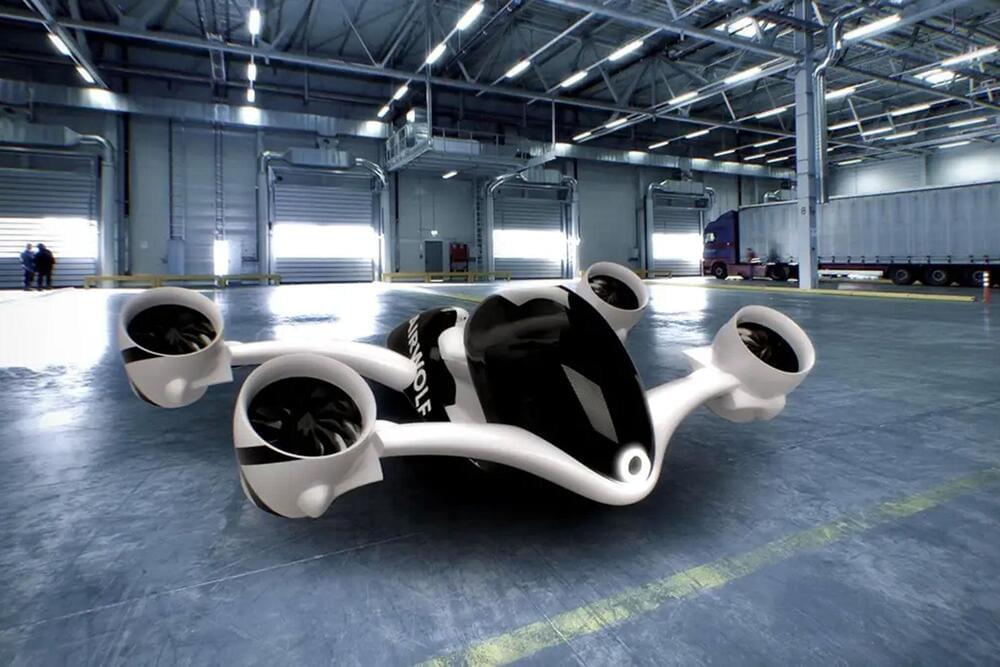Oct 22, 2024
A Strange Energy Beam Appears To Move At Five Times The Speed Of Light
Posted by Saúl Morales Rodriguéz in categories: energy, space
A plasma jet from galaxy M87 appears to move five times faster than light.
In the world of astronomy, a peculiar and seemingly impossible phenomenon is unfolding in galaxy M87. A beam of plasma, or energy, is shooting out from the galaxy’s core and appears to travel at five times the speed of light, as observed by the Hubble Space Telescope. Though this illusion has been known since 1995, it continues to challenge our understanding of the universe’s laws, particularly the cosmic speed limit that states nothing can move faster than light.


















